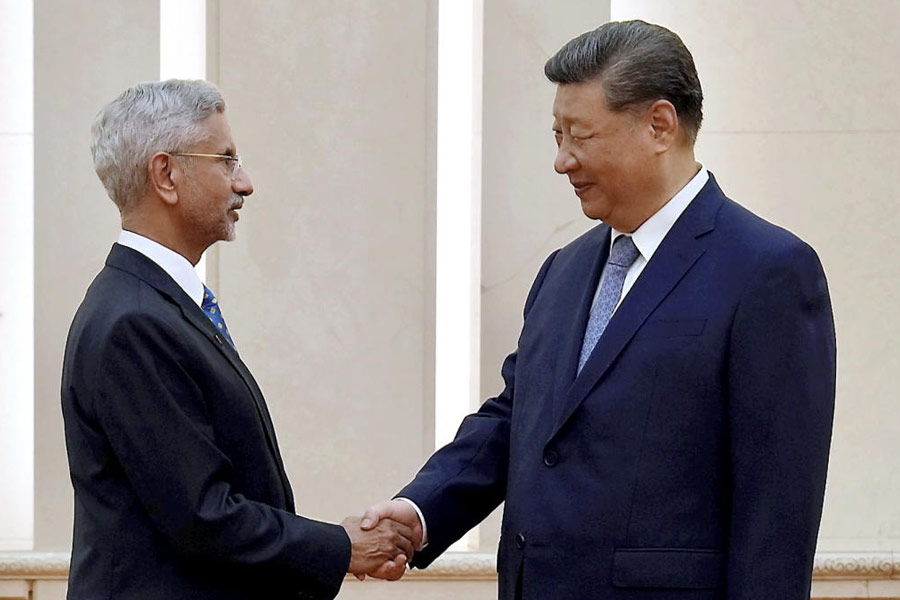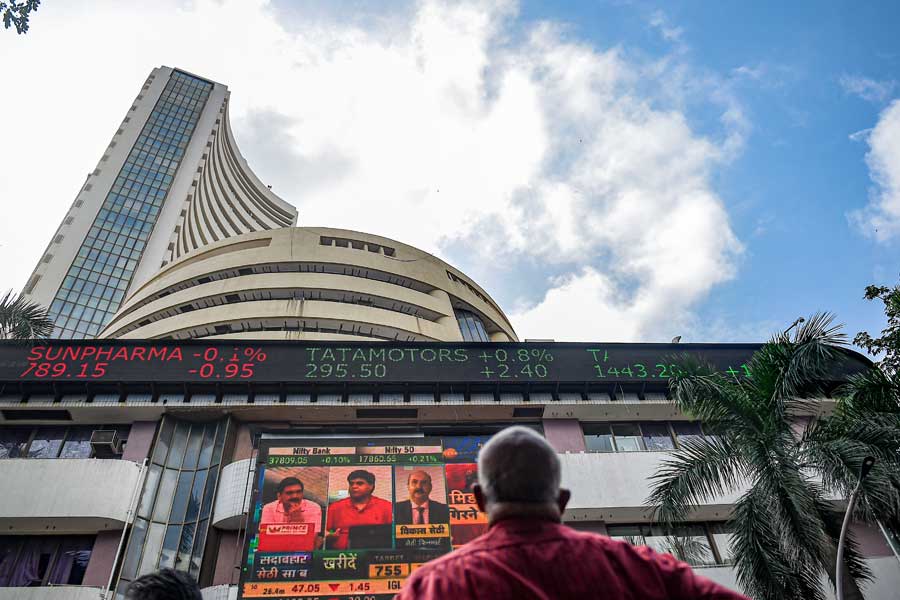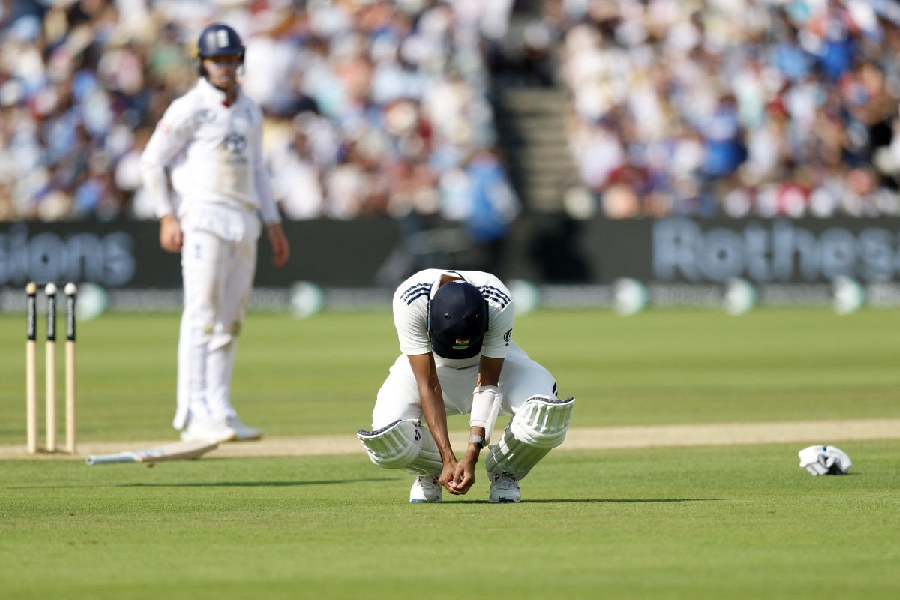 |
| A foreigner clicks pictures during the car festival in Puri. Picture by Sarat Patra |
Bhubaneswar, July 17: For centuries now, a sea of humanity cutting across caste, colour and creed erupts every year to witness the rath yatra. A few centuries ago visitors who came to India from abroad for the festival, had penned down their observations.
Their perspectives ranged from the car festival in specific to Jagannath culture in general. There are numerous articles that laud and lambast the traditions.
A Franciscan missionary, Friar Odoric visited India in the 14th century and wrote about his visit to Puri in a journal. He had mentioned how the devotees threw themselves at the wheels as sacrifice to the Lord allowing themselves to be crushed. “…And many pilgrims who have come to this feast cast themselves under the chariot, so that its wheels may go over them, saying that they desire to die for their God,” wrote Odoric.
The European readers were astonished when they read this and began to associate the word Jagannath to ‘Juggernaut’. By the 19th century the word began to be associated with a massive object without control, which destroyed everything in its path.
Francois Bernier, a French physician and traveller, visited Puri during the car festival in 1671. At the sight of the chariot he exclaimed: “A superb wooden machine; a chariot of hellish triumph; the machine is set on fourteen or sixteen wheels like those of a gun carriage.”
Thomas Bowrey, another missionary, lived in India for a decade from 1669 was also critical about the concourse of men and women during the festival of god “Jno Gernaet” (Jagannath). He noted that: “The diabolical chariot is engraved with the shapes of men and women dancing, as also many hideous shapes of satyrs, bulls, bears, tigers, elephants, rhinoceroses etc.”
Missionary William F.B. Laurie, dedicated a chapter on Puri and the temple of Jagannath in his book, Orissa, the Garden of Superstition and Idolatry. Laurie has at length expressed surprise in people’s faith in Lord Jagannath.
Volume 17 of 1824 issue of Asiatic Journal, London, mentions the mayhem of June 19, 1822, where a stampede led to several deaths.
Not that all foreigners found the picture of the spirituality so abysmal. Andrew Sterling, who is known to have written extensively on the history of Odisha in his article in Asiatic Researches XV published in 1825 has doubted the allegation of self-sacrifice under the chariot wheels. He thought a very few cases that were reported were either accidental or due to long-suffering and excruciating pain.
James Fergusson in his book Picturesque Illustration of Ancient Architecture in Hindustan in 1847 said that he was “most agreeably disappointed to find the pilgrims hurrying to the spot talking and laughing, like people going to a fair in England, which in fact, it is” as he saw no victims crushed under the wheels of the chariot.
Even Muslim travellers, such as Mahmud-bin Amirwali of Balk (in 1625), Bahar-Ul-Asrar (1626) and Ghulam Husain Salim, the author of Riadu’s salatin (1736), are rather appreciative of Jagannath traditions.
Over the centuries, the notions of foreigners have changed. While rath yatra is observed all over the world including many countries of Europe and America, the number of visitors from abroad to Puri during the festival only keeps increasing every year.










